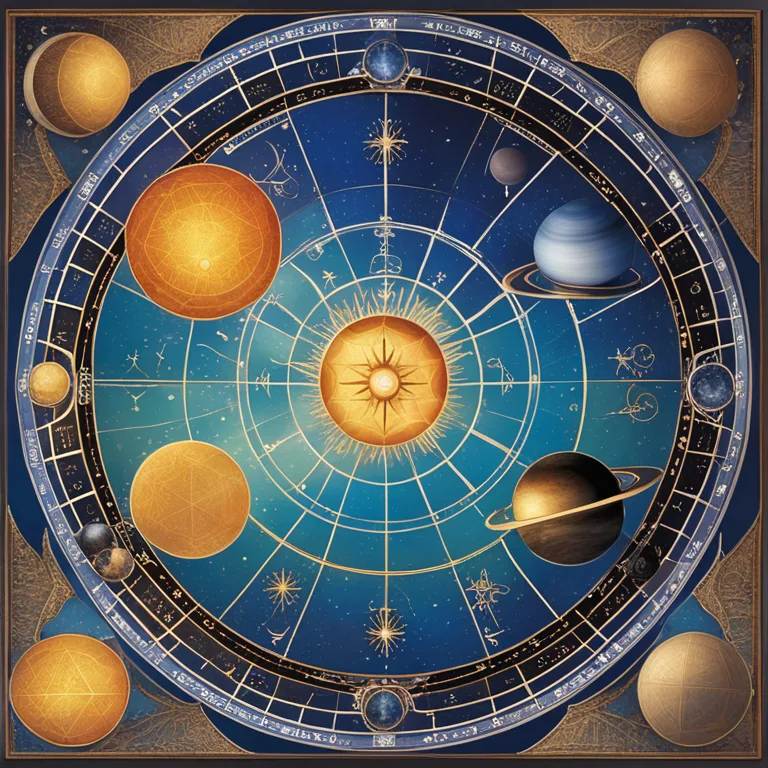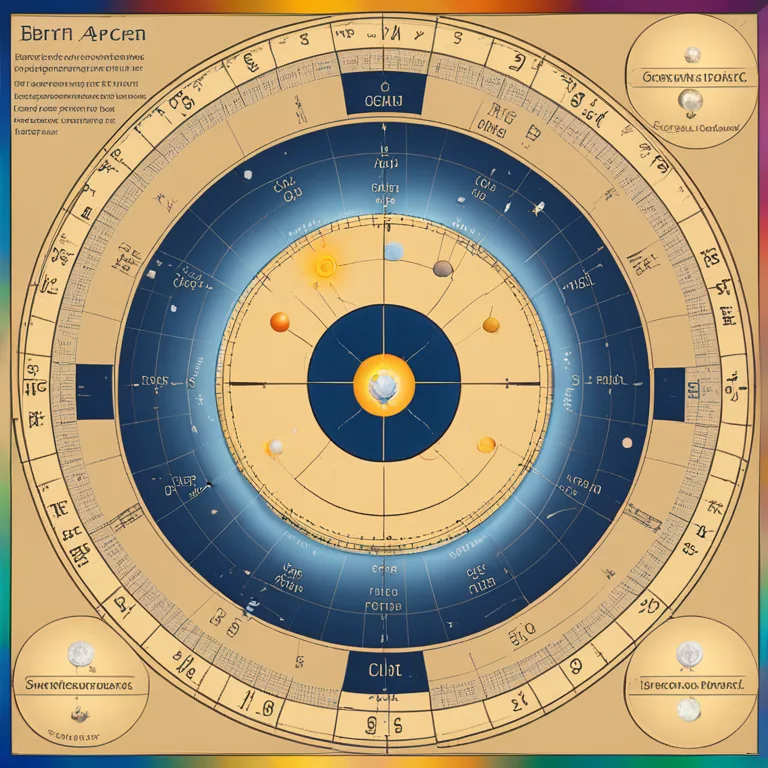
Judging The Quality of Your Birth Chart
Discover the indicators of a favorable birth chart in the realms of astrology and what they mean for you.
article by Priya Deshmukh
Birth Chart Basics
Astrology provides a cosmic snapshot of the skies at your moment of birth through the birth chart or natal chart. Reading this celestial map can unveil personal tendencies, life challenges, and hidden potentials. A 'good' birth chart isn’t about luck but rather the harmonious aspects and placements that indicate a smooth path in certain life areas. Traditionally, astrologers look for well-aspected planets, beneficial placements, and supportive angles that denote positive periods and experiences. While one chart isn't objectively better than another, certain configurations can be more auspicious for specific life pursuits.

Key Planetary Aspects
Planetary aspects, the angles planets make to each other, critically influence a birth chart's quality. Easy or harmonious aspects such as trines (120 degrees) and sextiles (60 degrees) typically indicate talents and opportunities. Conversely, squares (90 degrees) and oppositions (180 degrees) can signify challenges. Nevertheless, these 'tense' aspects can also drive personal growth. Recognizing your unique blend of planetary influences helps understand the dynamics at play in your life.

Benefic and Malefic Planets
The roles of benefic and malefic planets are fundamental in astrology. Venus and Jupiter are considered benefic, often bringing ease and expansion to areas they influence. Malefic planets, such as Mars and Saturn, can indicate areas needing extra effort or where life may provide more lessons. A good birth chart features benefics in strong positions, softening life’s blows. Yet the inclusion of malefics is not a doom, they add depth and resilience to one’s character.

Significant Astrological Houses
Houses in astrology represent different life areas, from personal identity to career to relationships. Planets residing in key houses like the 1st (Self), 4th (Home), 7th (Partnerships), and 10th (Career/Public Life) can greatly impact their associated themes. Beneficial placements here can signify strengths and supportive conditions in these areas. House rulerships and the presence of benefic planets within these domains contribute to determining if your birth chart possesses auspicious indications.

Zodiac Sign Elements and Modalities
The elements (Fire, Earth, Air, Water) and modalities (Cardinal, Fixed, Mutable) of the signs are pivotal in assessing a birth chart. A balanced element composition contributes to a well-rounded personality, while differing modalities facilitate adaptability. For example, a dominance of Fire signs suggests a proactive and enthusiastic nature but may need Earth signs for stability. Modality balance ensures capabilities to initiate (Cardinal), endure (Fixed), and adapt (Mutable).
Ascendant and Chart Ruler
Your Rising sign or Ascendant outlines your approach to life, while the chart ruler is the planet that governs the Rising sign. A well-aspected Ascendant and chart ruler is another hallmark of a strong birth chart, offering insight into your life outlook and how you project into the world. Positive aspects to these chart points often point to an innate ability to navigate life’s journey with confidence and grace.
Lunar Nodes and Spiritual Growth
The North and South Nodes represent life lessons and karmic direction. A favorable birth chart features aspects that connect these nodes with other planets, suggesting a clear path towards personal evolution and the fulfillment of your spiritual destiny. Acknowledging the nodes can guide you to embrace necessary growth and release outdated patterns.
Published: 12/22/2023
Modified: 12/22/2023
More predictions
Come back here soon to learn more about yourself and your future


Exploring Astrological Houses
Discover the basics of astrological houses and learn the methods for interpreting their significance in personal astrology.


Astrology Houses: The Roadmap of Destiny
Delve into the fundamental elements of astrological houses and their meanings in personal astrology charts.


The Role of Astrological Houses
Discover the fundamental concepts of astrological houses and how they influence personal astrological charts.